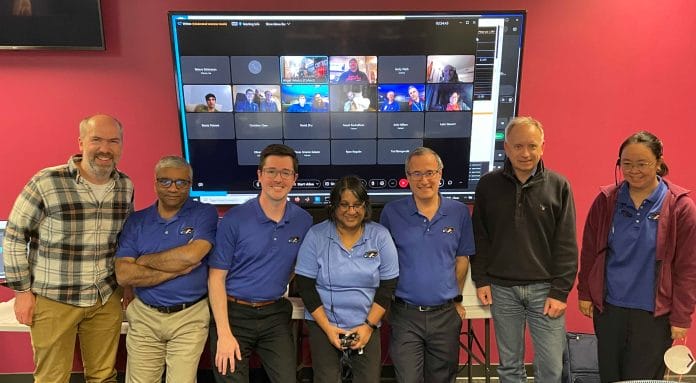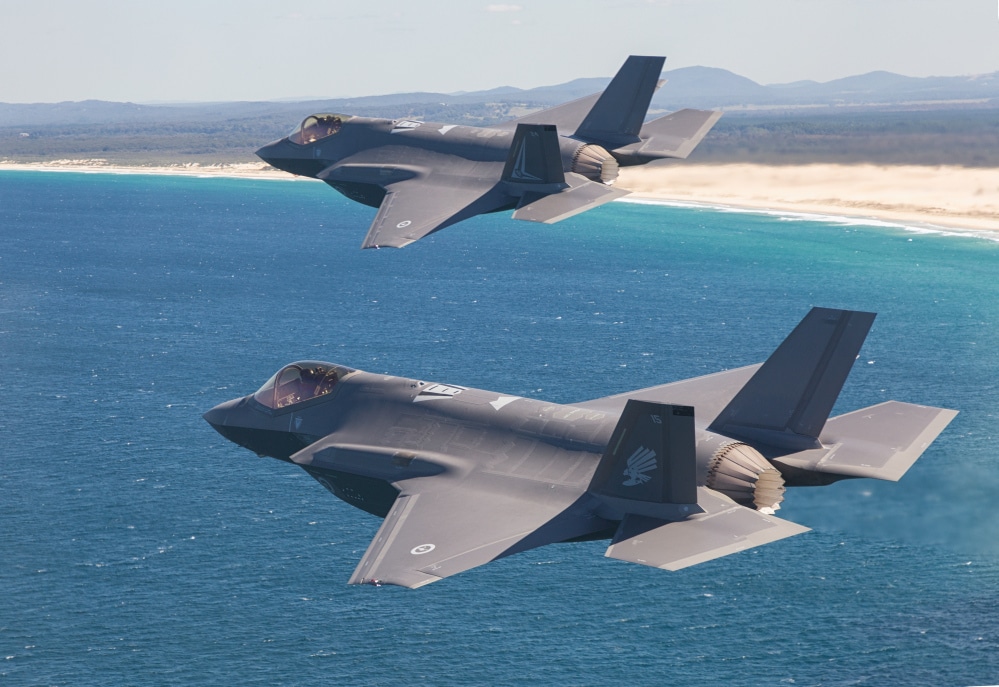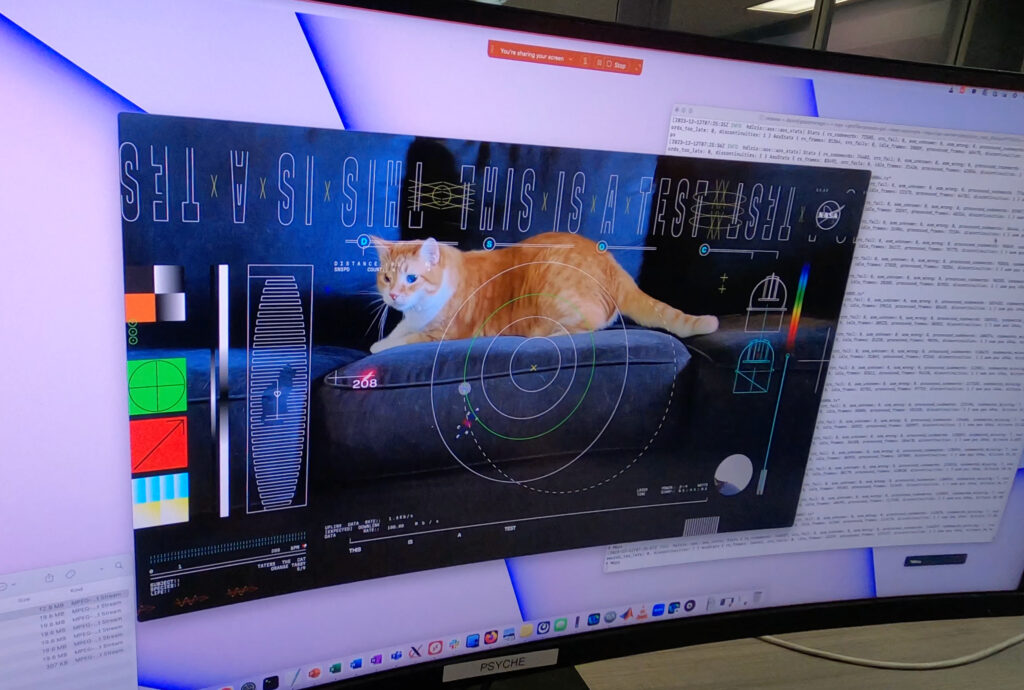NASA made history by broadcasting ultra-high-definition video of cats more than 30 million kilometers away. This represents an important step in the ability to send visual communications beyond Earth orbit.
- The Tater Cat video was broadcast from a distance of more than 30 million kilometers, about 80 times the distance between Earth and the Moon.
- A 15-second video took less than two minutes to transfer in Ultra HD, which is much faster than most broadband Internet connections (in terms of distance)
- The test was conducted using NASA's Psyche spacecraft, designated for a six-year mission to the main asteroid belt between Mars and Jupiter.
This experiment represents a milestone for NASA by expanding the possibilities of visual communication in space. The video of Taters chasing the laser was captured before the Psyche spacecraft's launch and then sent to Caltech Palomar Observatory's Hale Telescope using a near-infrared laser. Data was transmitted in optical wave oscillations at a bit rate of 267 Mbit/s. This technology could allow future astronauts to send video clips back to Earth from Mars or beyond, opening new horizons for space communications.
Ultra HD video of cats vs. humans on Mars
The choice of video was initially practical, serving as a placeholder. The decision to use a cat video in the end was a tribute to Felix the Cat, a cartoon character previously widely used in television test shows. It also demonstrated the capabilities of laser technology used in transmission. This type of communication using infrared lasers can transmit much more information than the radio waves normally used by NASA.
Accuracy challenge and the future


Achieving the accuracy necessary to direct the laser over such a long distance was one of the experiment's biggest challenges. However, when it comes to improving laser transmission systems, NASA has managed to chase one breakthrough after another. With the first transmission on November 14, the first stable downlink was established and improved in the following weeks. As of December 4, 2023, bit rates of 62.5 Mbit/s, 100 Mbit/s, and finally 267 Mbit/s have been achieved. The team was able to transfer 1.3 TB (165 GB) using ultra-precision laser technology during the testing phase. NASA plans to continue testing and improving this technology. Although Taters will not be part of future experiments, he has helped make NASA's engineering marvel more accessible and attractive.
What would you broadcast as the first 4K UHD video over 30 million kilometers?

“Prone to fits of apathy. Zombie ninja. Entrepreneur. Organizer. Evil travel aficionado. Coffee practitioner. Beer lover.”







More Stories
The cosmic journey from the Big Bang to stardust
Copilot comes to Outlook mobile apps
AOC Graphic Pro U3: A new color-accurate monitor series for creative people